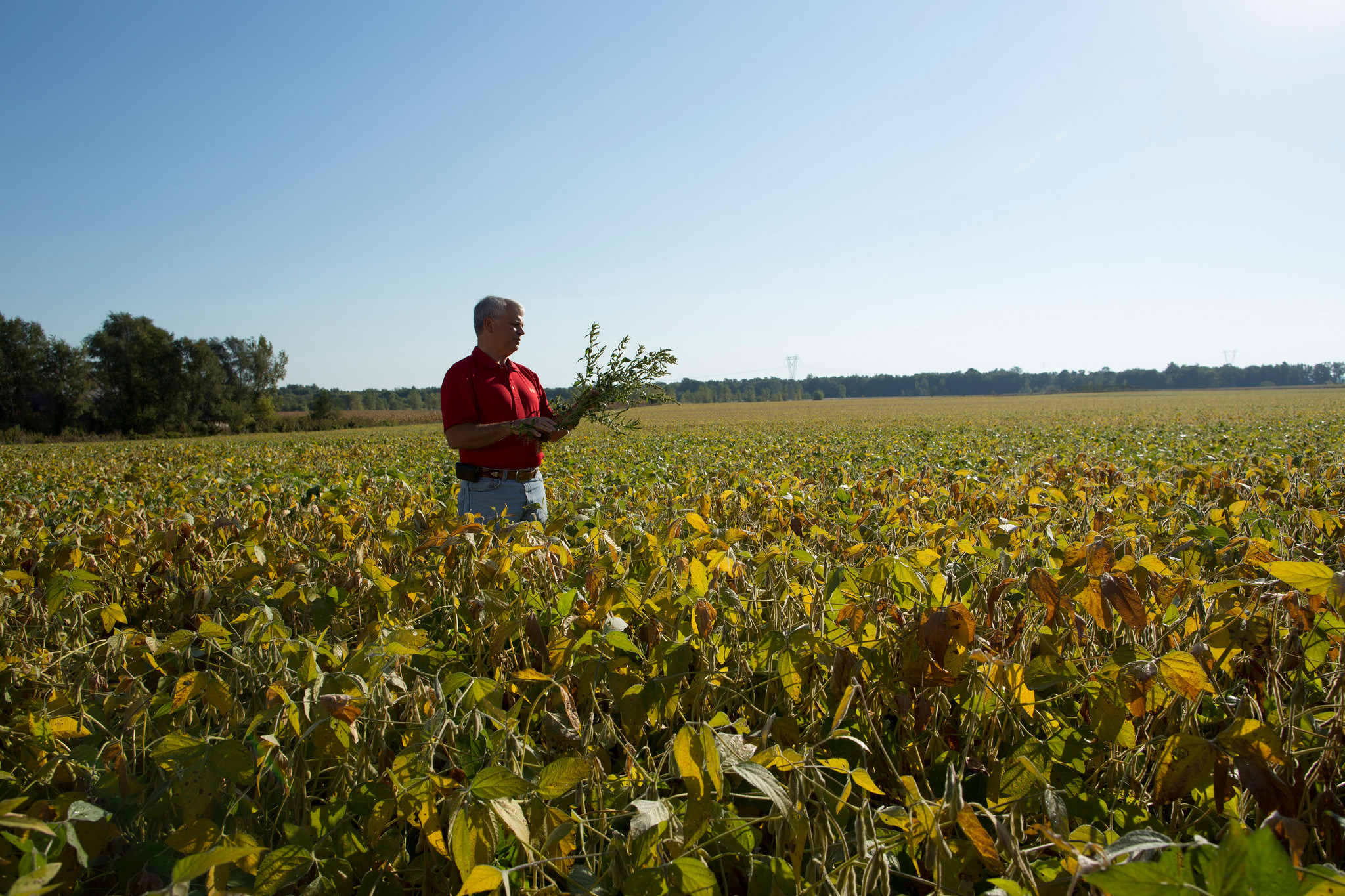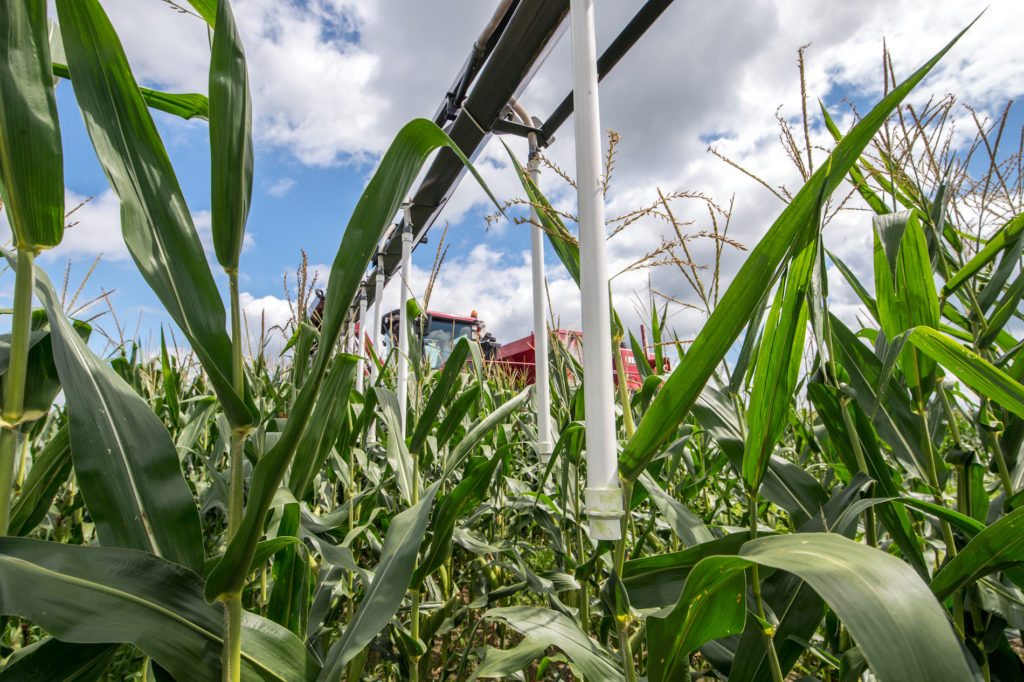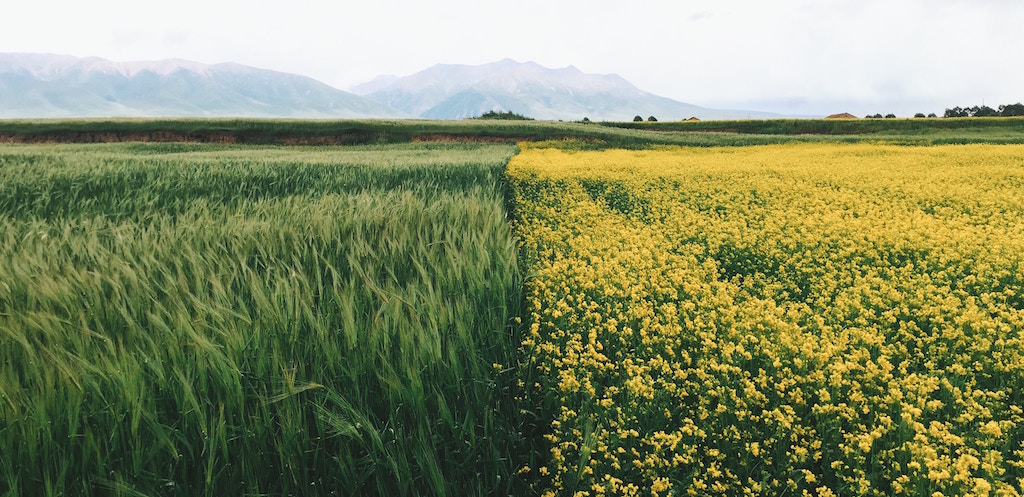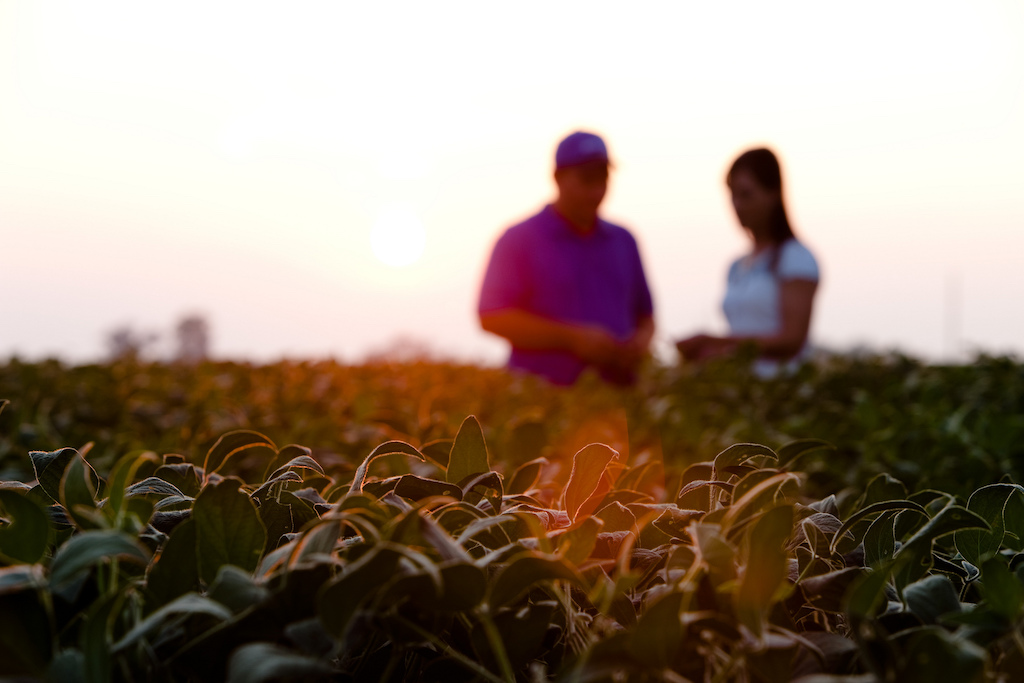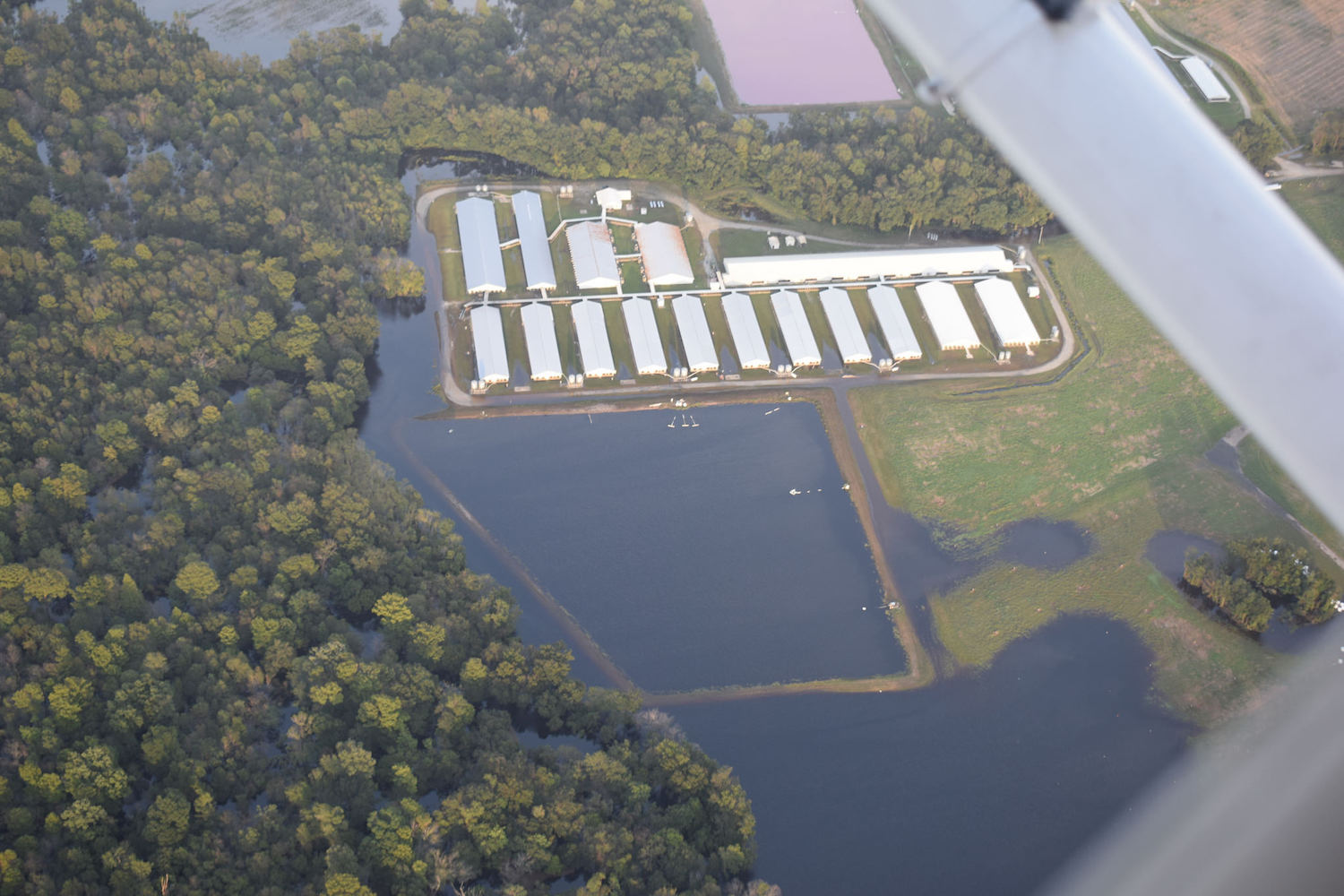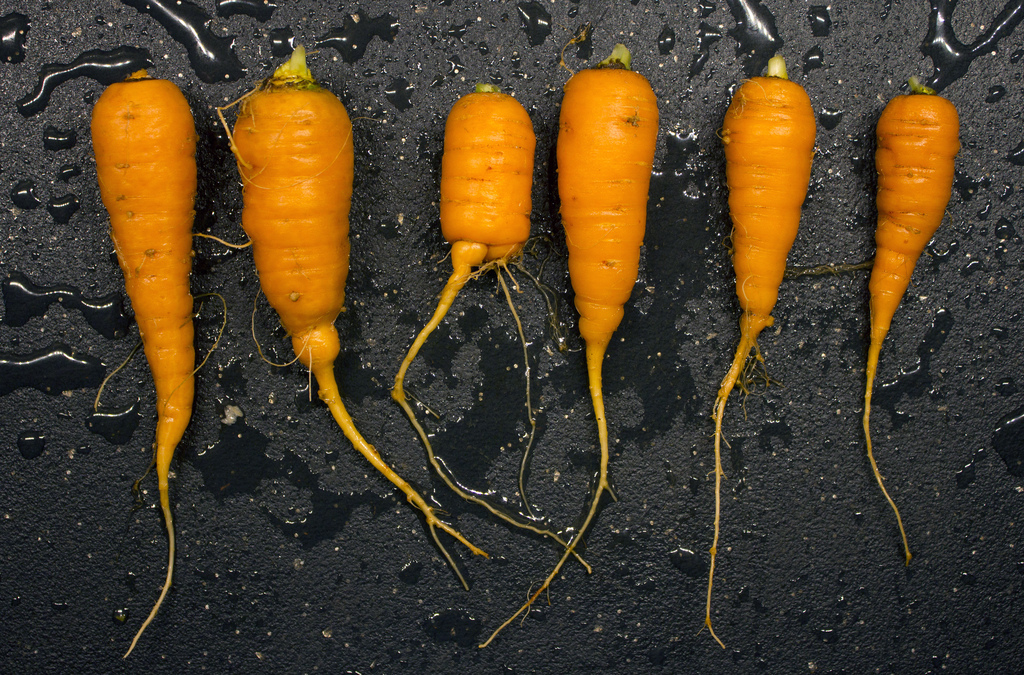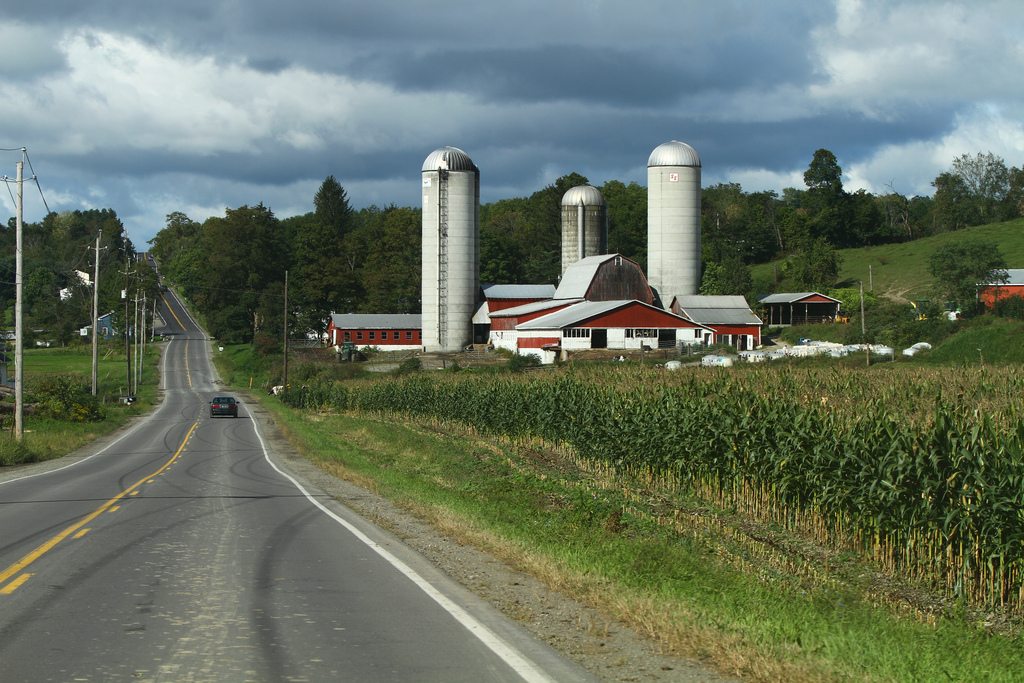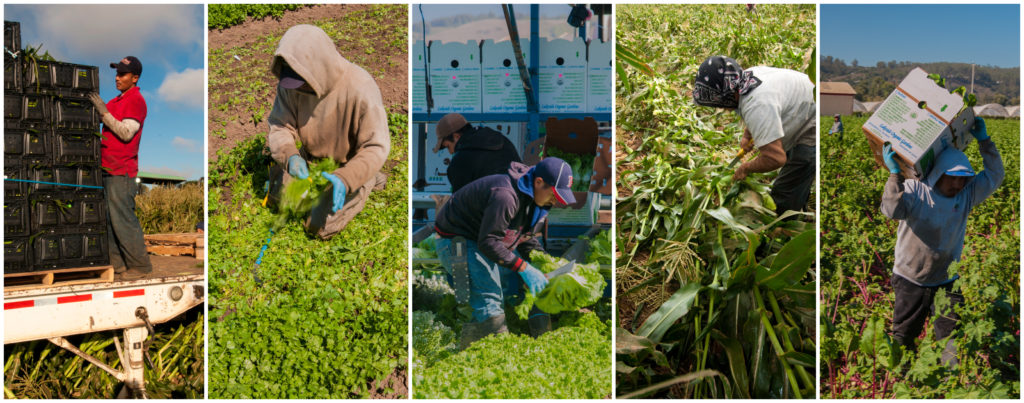“Knowledge-intensive.” “Ecologically-savvy.” “Sustainability-minded.” In the food media, these phrases often precede one word: “organic.” But when it comes to meaningfully contributing to food systems health, there’s another practice that exceeds the scope of organic in its capacity to support farmers and the environment alike. That’s integrated pest management, or IPM.
The problem is, most people either have no idea what IPM is, or they’re highly suspicious of yet another agricultural acronym. Sue Scheufele is an agricultural extension agent at the University of Massachusetts-Amherst, and part of her job is helping farmers implement IPM on their farms. Occasionally, though, she gets a glimpse of what non-farmers think of IPM: “I was at a Whole Foods and they had a sign that said ‘IPM Apples,’” she says. “The customers were like, ‘IPM? Sounds like GMO!’” She lets out a groan.
As Mark Bomford of the Yale Sustainable Food Program puts it, “If [IPM] principles were embraced on a widespread scale, we’d see a food production system that would measure up as having a far lighter load on the environment than if certified organic agriculture were adopted to the same scale.” Given the fragile state of our environment, lightening that load seems imperative.
Campbell-Nelson understands why non-farmers might be confused about IPM. “Clearly the people who coined IPM were not marketers. It’s not like, when I buy this apple, I want to see the word ‘pest’ on the label.” The word “pest” makes people think of pesticides, which makes people think that IPM is all about spraying. “What I think is challenging … is that people really conflate [IPM] with using conventional chemicals,” McKeag says. But that’s not necessarily accurate.
So if IPM isn’t a program of pesticide application, then what is it?
Conventional logic would suggest fumigating with a fungicide to eliminate the pathogens. An IPM approach would have farmers try something very different: cover cropping.
The University of California Statewide Integrated Pest Management Program defines IPM this way: “A process you can use to solve pest problems while minimizing risks to people and the environment. IPM can be used to manage all kinds of pests anywhere—in urban, agricultural, and wildland or natural areas.”
Okay, it’s a process. But perhaps we can better define what IPM is by considering how IPM actually works.
“IPM focuses on long-term prevention of pests or their damage by managing the ecosystem,” the UC website reads. “With IPM, you take actions to keep pests from becoming a problem, such as by growing a healthy crop that can withstand pest attacks, using disease-resistant plants, or caulking cracks to keep insects or rodents from entering a building. Rather than simply eliminating the pests you see right now, using IPM means you’ll look at environmental factors that affect the pest and its ability to thrive. Armed with this information, you can create conditions that are unfavorable for the pest.”
That’s how IPM works, but what does it mean for farmers?
“It’s really about more empowered decision-making,” says Tyson Neukirch, an instructor in organic vegetable production at the Farm School in central Massachusetts. Initially developed in the 1970s by plant pathologists, ecologists, and entomologists, IPM is structured as a framework for making agricultural choices, focusing on teaching farmers the many different strategies they can use “to give [their] plants the best opportunity to survive,” says McKeag.
Using IPM requires detailed knowledge of the pests and pathogens that form part of a particular farm ecosystem and an understanding of the life cycles, hosts, and vectors that govern their impact. In combination with careful observation and preventative practices, this knowledge helps farmers to recognize if (and when, and how) they might intervene to save a crop.
This emphasis on systemic health is broadly appealing, and because IPM offers a process, not a prescription, it can be used by both conventional and organic farmers.
“The major advantage of the IPM approach is that it’s ecologically and economically rational, seeking to maximize the market value of agricultural outputs while minimizing the measurable harms that are of most concern in the environmental sciences,” Bomford says. This is true across farming ideologies—it just tends to manifest in different ways, Neukirch points out. As he sees it, “the most significant environmental benefits [of IPM] are from conventional farms that were operated on a pretty rigorous calendar-based spray schedule and are now using more holistic approaches to managing pest and disease, and greatly reducing their chemical application per season.” On the other hand, he says, “I think where you get the most improved agricultural productivity and land-use efficiency is when you’re going from a grower … typically smaller, typically organic, that may not have been taking a particularly organized approach to pest and disease control at all, and had been suffering large economic loss … [to one who] is now using those more organized approaches to really increase their overall marketable yield per acre.”
Increasing marketable yield per acre—Neukirch sees this as fundamental to food systems sustainability. “I think that we owe it to the agricultural ecosystem and the world population to be as productive as possible within the constraints of our agro-ecological systems,” he says. “And being responsible about pest and disease management is a huge part of that.”
Perhaps the most detrimental of public misconceptions is a demand for purity in our food.
Public misconceptions hinder farmers’ ability to honor that responsibility. As Campbell-Nelson, Scheufele, and McKeag see it, perhaps the most detrimental of these misconceptions is a demand for purity in our food. As Eula Biss wrote in a 2014 piece for The Atlantic titled “The Illusion of ‘Natural,’” there’s been an elision of “purity” with “goodness” in the public consciousness. When it comes to food, the UMass extension agents observe, that false equivalency slides from “purity” to “goodness” to “organic.” It’s not just shoppers who are susceptible to this way of thinking—“growers feel that way too,” Scheufele says, “like you’re organic or you’re not a good person, you’re … destroying the earth.”
McKeag says that when she talks to people about IPM who are coming from an organic perspective, “they have the sense that IPM is like a stepping stone to organic,” a lesser category for those who either lack the commitment or the moral purity to go all-in. McKeag wants to challenge that idea. “Being organic doesn’t necessarily indicate any level of purity,” she says, “nor is purity necessarily a goal in my mind.”
This perspective—“an explicit (and sensible) rejection of ‘eradication’ as an acceptable management goal”—is “at the heart of IPM,” Bomford says. Rather than chasing the pipe dream of total elimination (of a pest, or disease, or pesticide—products that, despite popular belief, both conventional and organic farmers use), IPM instead aims to minimize these negatives while maximizing positives (like yield, or worker safety) based on ecological and economic data. “It’s anti-fundamentalist, pro-nuance, pro-observation, pro-experimentation, pro-empirical-rational-positivism,” he says.
That’s a mouthful, and not one that lends itself easily to an ad-spot, as Bomford admits. “From a political, cultural, and marketing standpoint, IPM is opaque and confusing: there’s no convincing dialectic that you can shout about. No clear heroes and villains, good and evil, natural and artificial.”
It was a profound moment of consumer distrust—the 1989 Alar apple scare, in which 60 Minutes reported the Natural Resource Defense Council’s identification of the common ripening agent as posing an “intolerable risk” to children’s health in a broadcast that reached some 40 million people—that catapulted the once-fringe organic food movement into the mainstream in the 1990s. And it’s the specter of that “intolerable risk” that continues to bend consumer demand toward “all natural,” toward “no-spray,” toward pure.
There’s always going to be a gap between what we know and the infinite detail of how things actually work. Concern regarding what falls into this gap is a fair response to a situation in which what is unknown may have profound impacts on our bodies and our environment. But what isn’t fair is the extrapolation of that distrust—that discomfort with discerning between tolerable and intolerable risk—to an insistence on zero-tolerance. “The world of food is not rational,” Bomford says, “and that’s not a good thing or a bad thing, it’s just a thing that we have to work with.” The purity obsession gets in the way of that work. It’s an impossible fantasy, sapping resources from agricultural strategies that actually stand a chance of making a positive difference in how we responsibly produce food. Strategies like IPM.
The answer to blind distrust is not blind trust, and an embrace of IPM doesn’t ask that. Rather than demanding loyalty to yet another rigidly prescriptive and ambiguously effective agricultural label, Campbell-Nelson’s “integrated crop management” can be viewed as a marker for farmers who are being methodical, nuanced, and educated in their approach—an indication of trustworthiness.
Even beyond this thought experiment, though, Campbell-Nelson says, “I think the solution to consumers embracing and supporting IPM is to grow the food themselves and try it.” That way, people would understand “all the decisions that farmers have to make” to produce a crop, “all of the things that are trying to kill it,” and, ultimately, just “how hard it is,” Scheufele agrees.
They might also grow to understand that purity, as tantalizing as it seems, is not within reach, and start reaching for better things.
To learn more about IPM, check out the Northeast IPM Center, the Equitable Food Initiative, and your state extension service.
